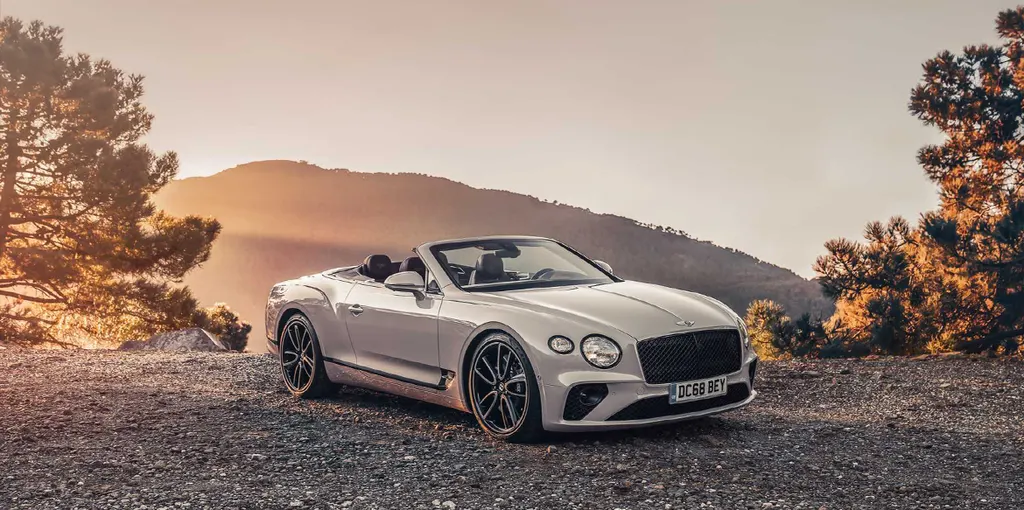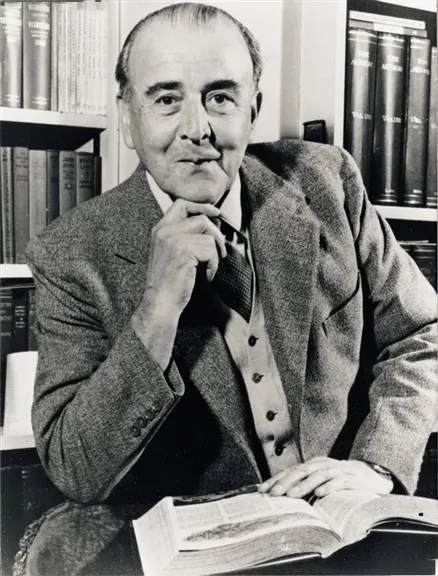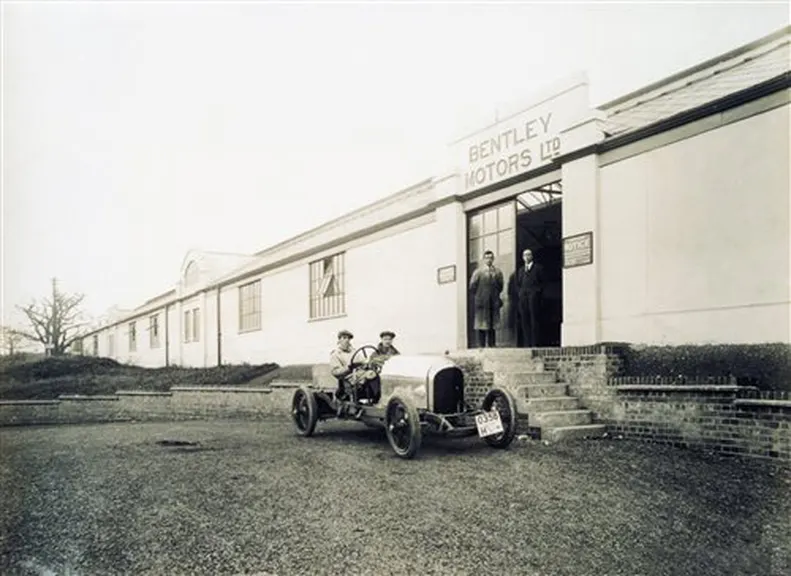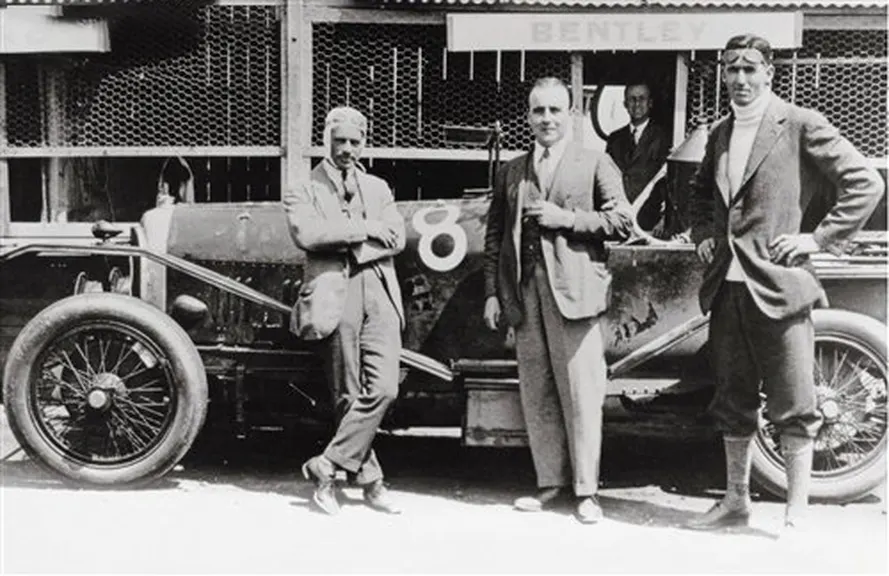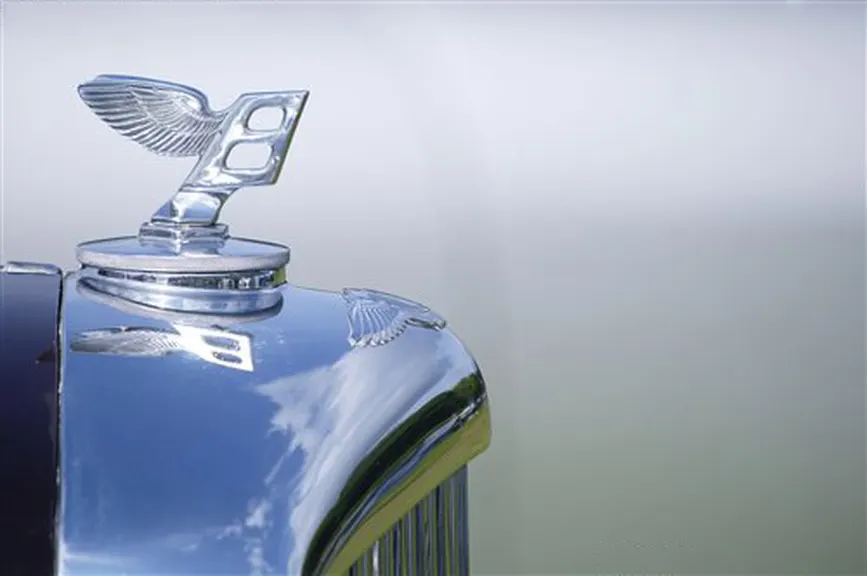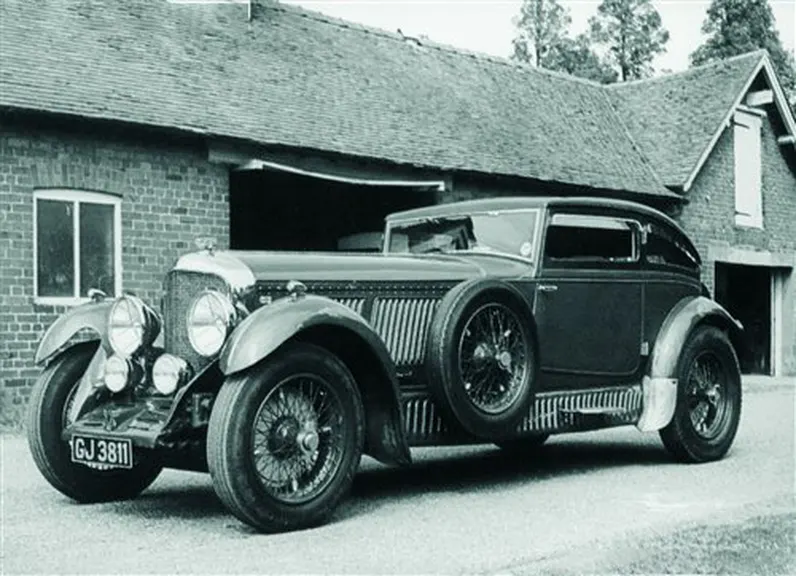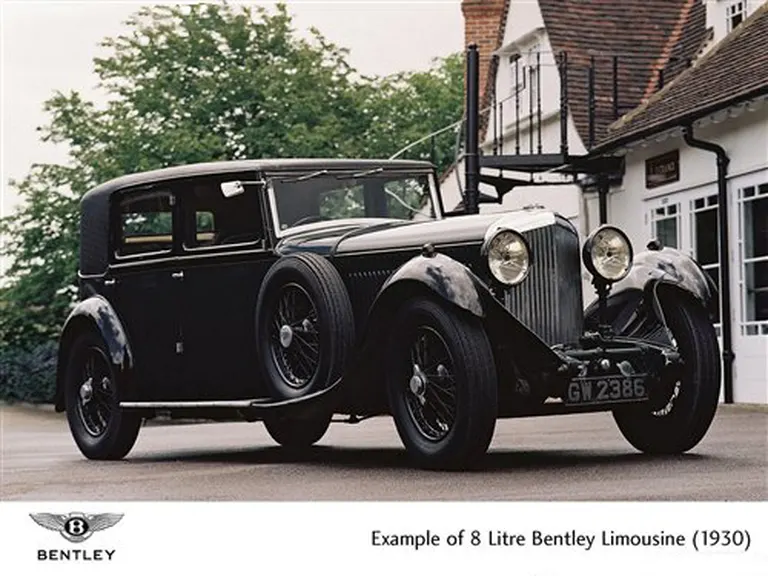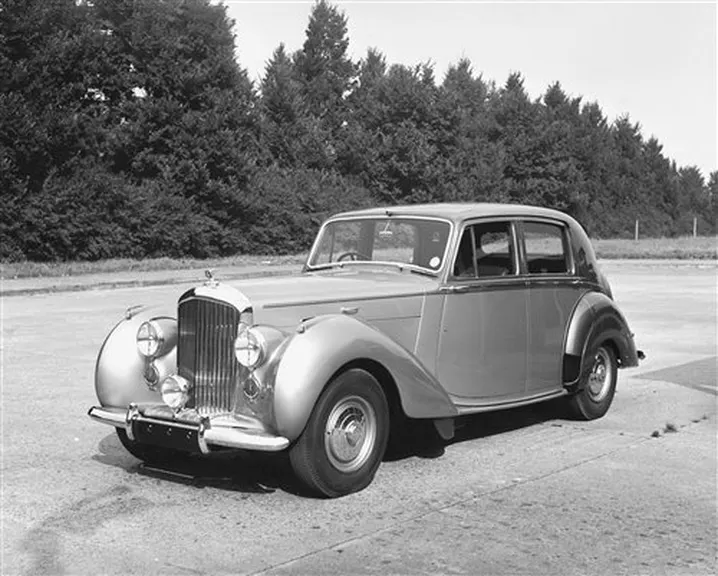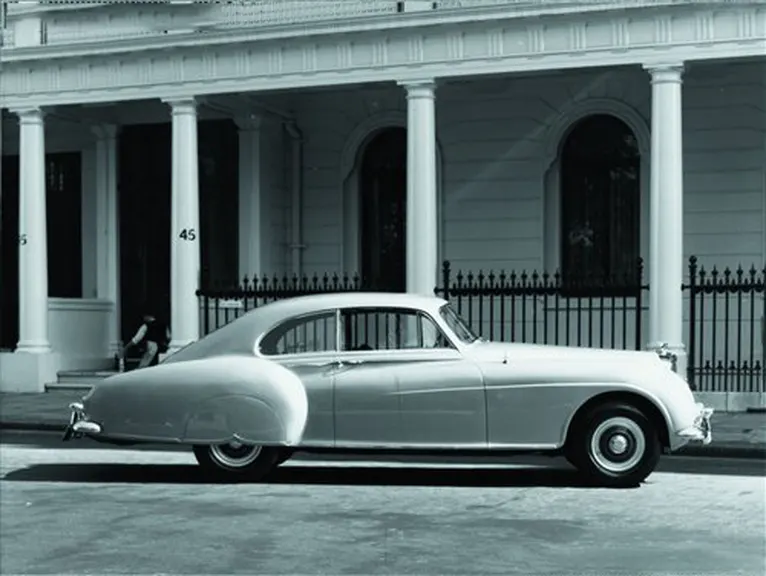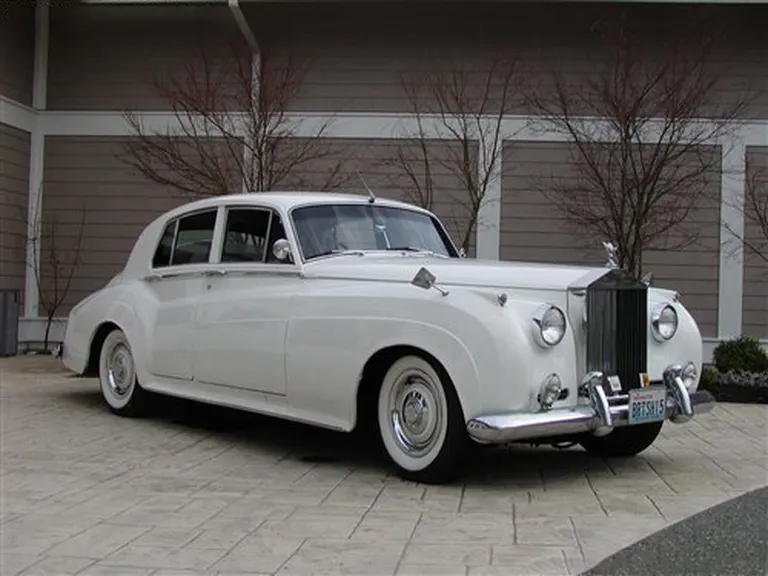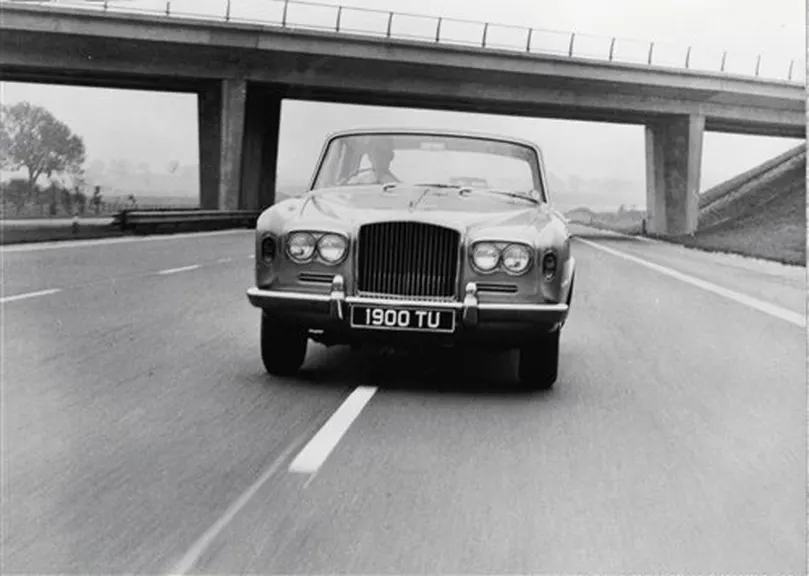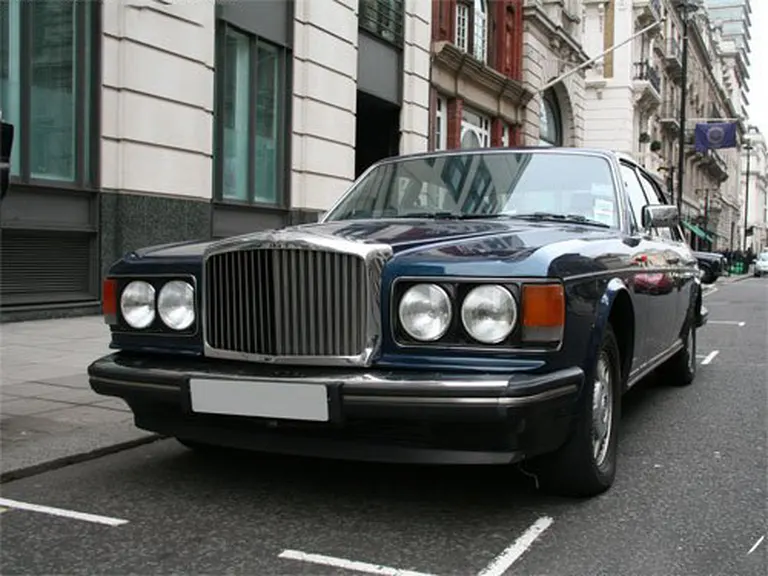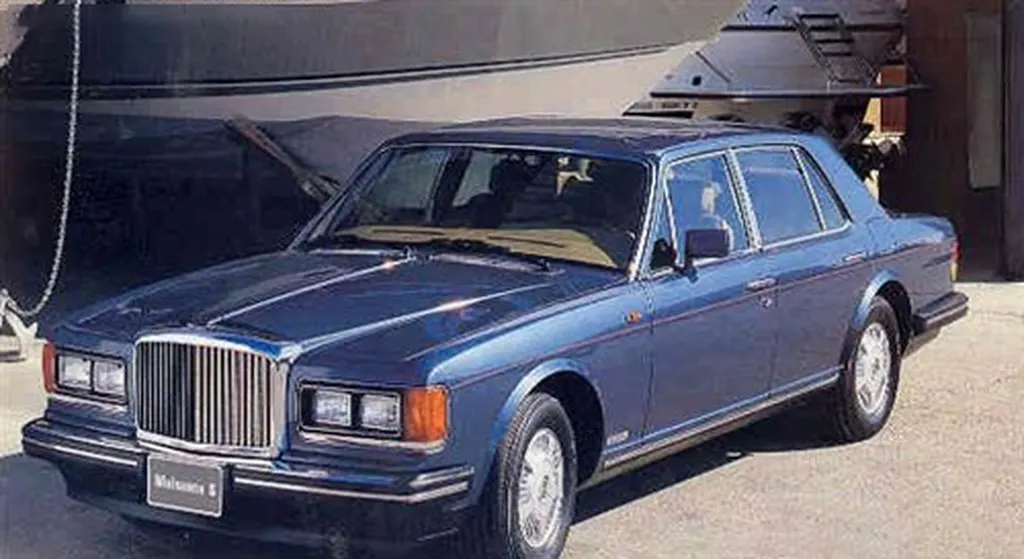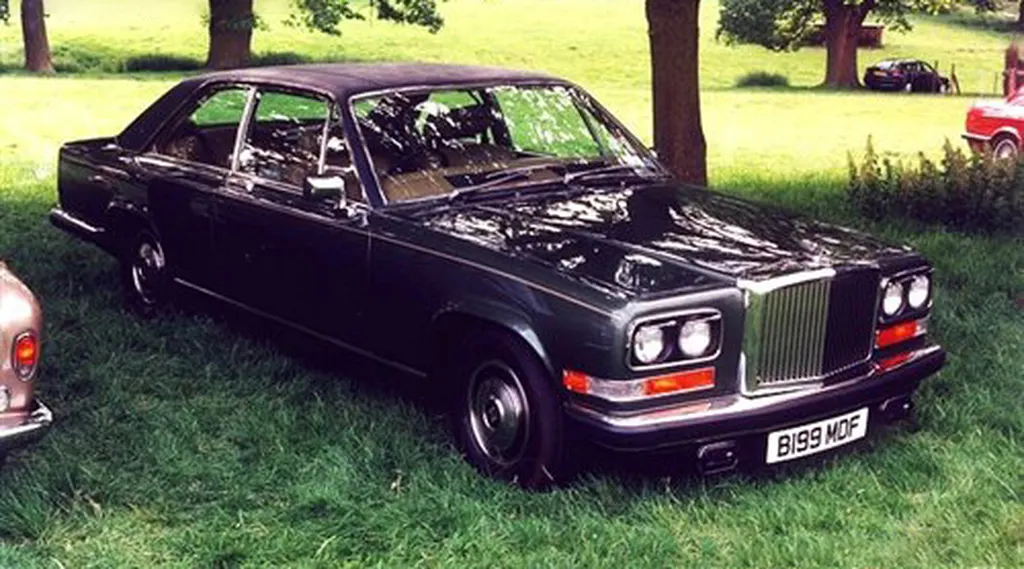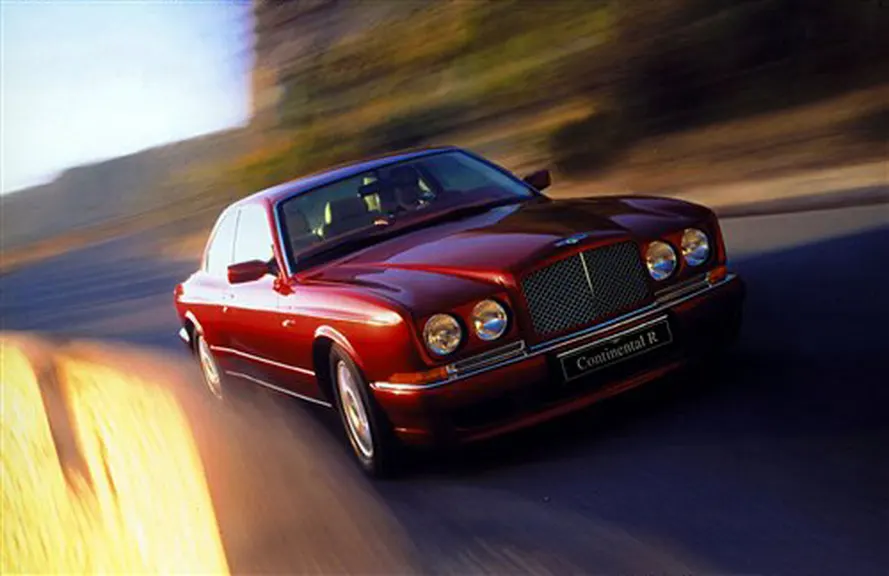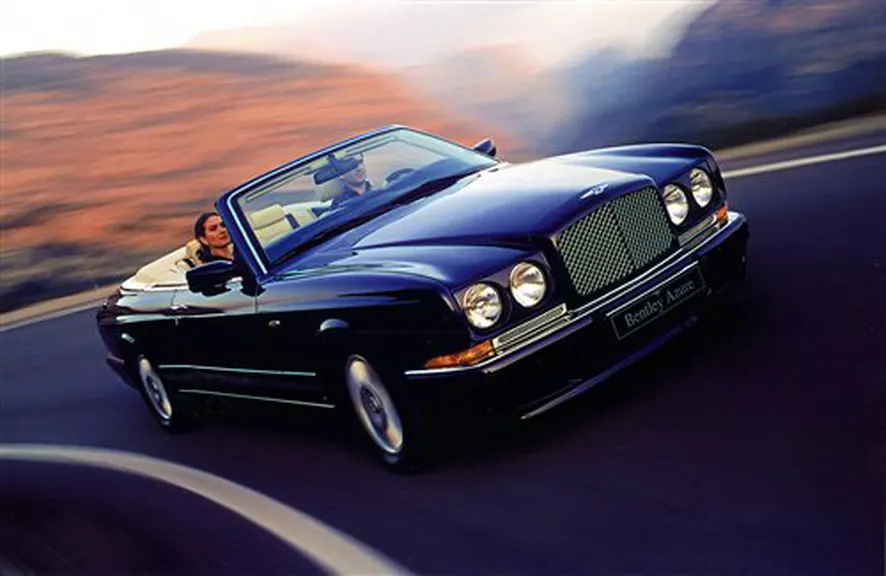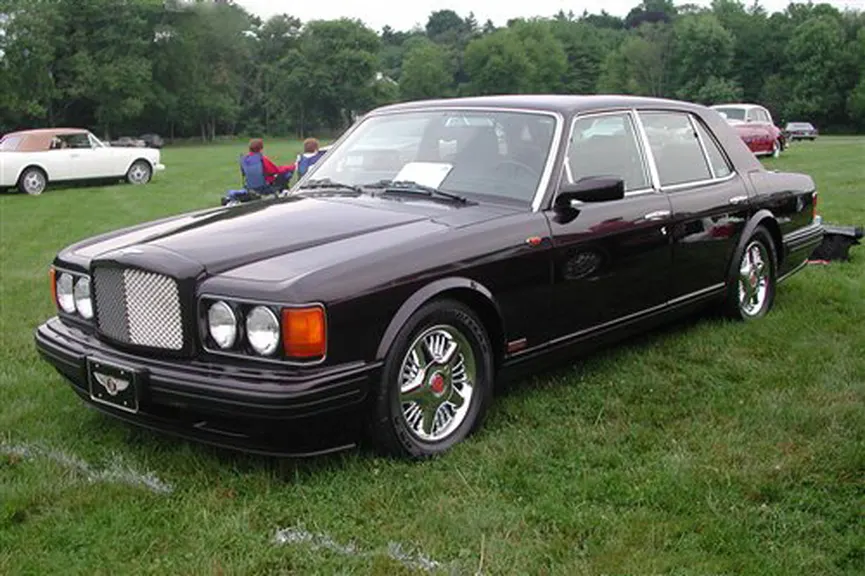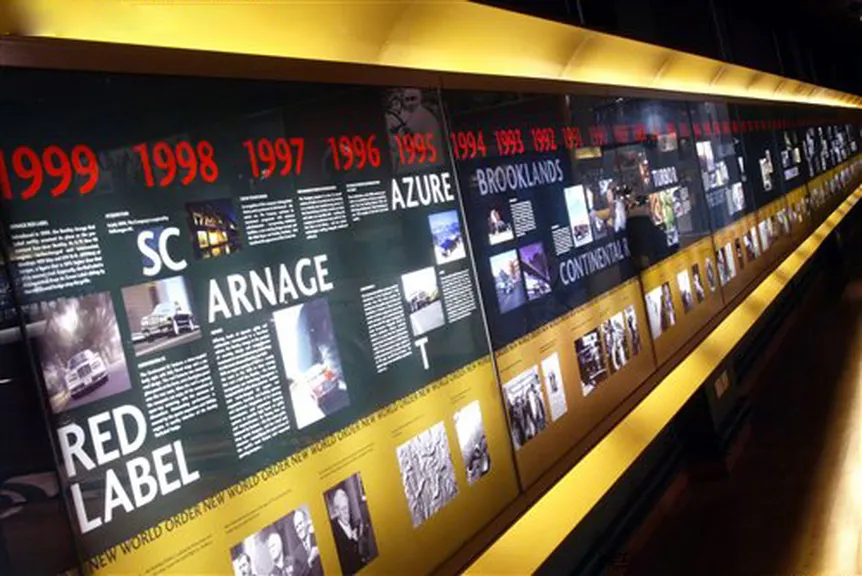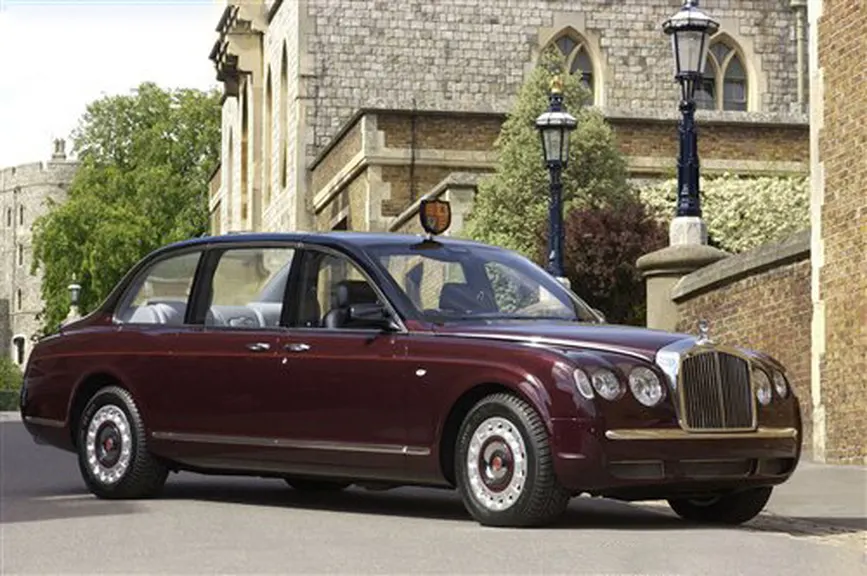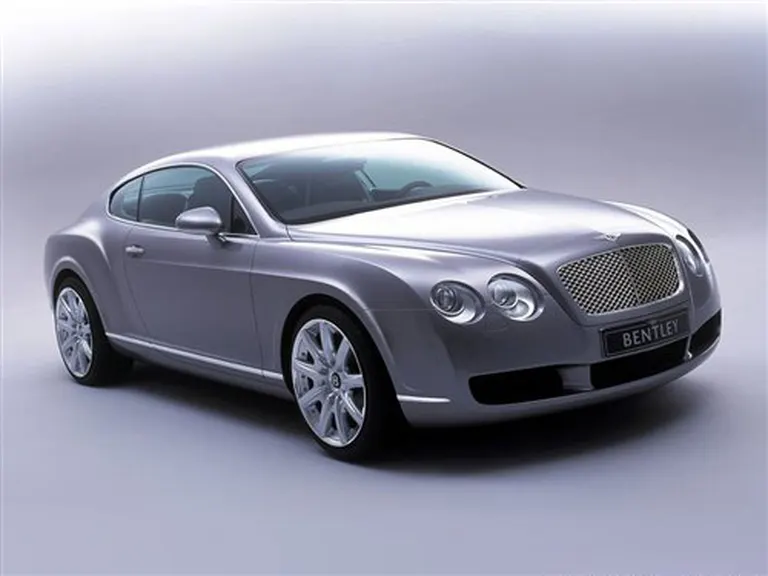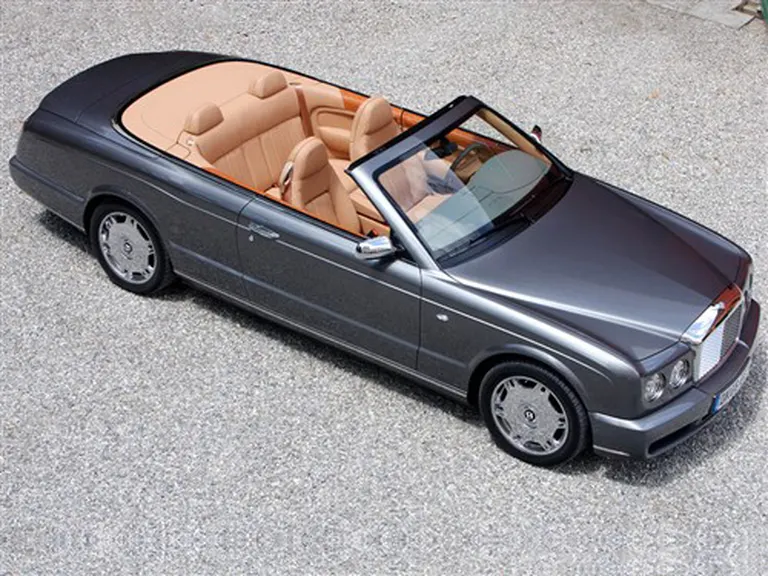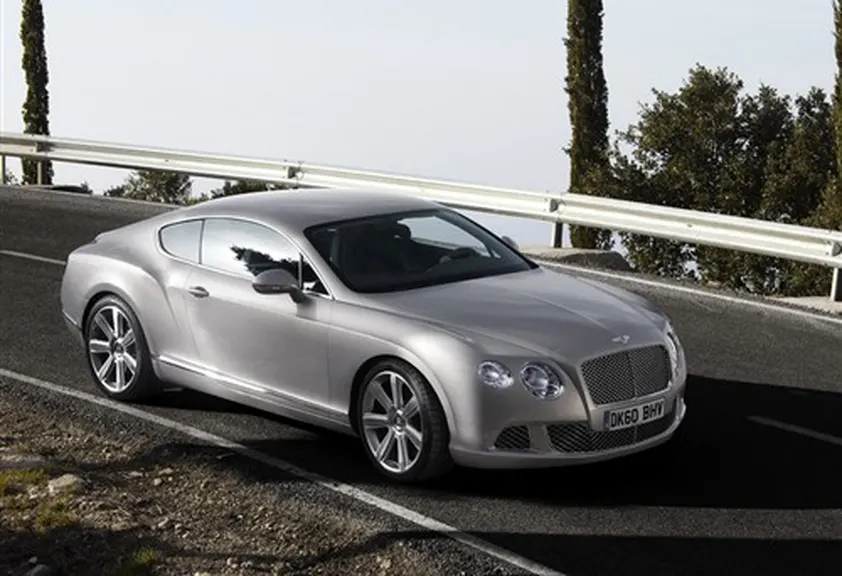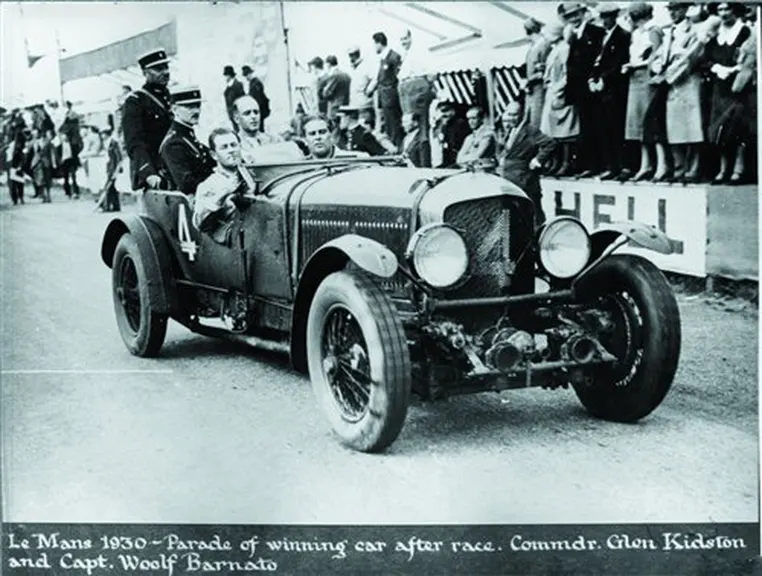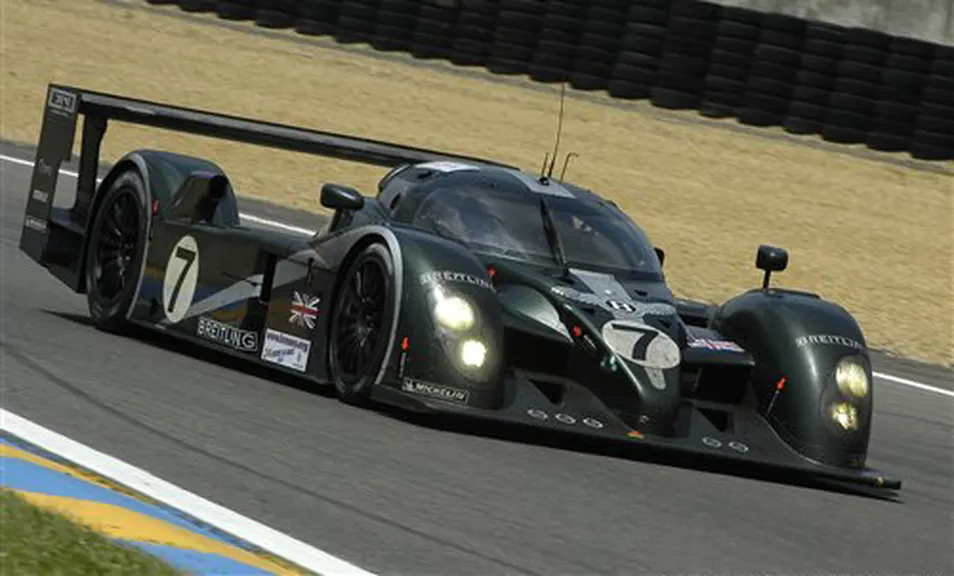Although as the ultimate car brand pursued in life, Bentley may always be just a dream for most people. Even one ride or one touch are a luxury idea, but if you have a persistent pursuit of the Bentley brand, or have unlimited yearning for British fashion, we also need to have an in-depth understanding of the Bentley brand.
● The birth of the Bentley brand and the founder of Bentley–W.O.Bentley
Comes from a young man who loves racing infinitely
Walter Owen Bentley, the founder of Bentley Motors, is generally known as Mr. W.O. He was born in a relatively wealthy family in Victorian England, ranked ninth in his family and also the youngest child. In 1905, Bentley was 16 years old and worked as an apprentice at the Duncaster Locomotive Factory under the Northern Railway Company. The apprenticeship of three and a half years, in his own words, was “sweat and dirt”. In 1909, Bentley completed his apprenticeship and he mastered solid mechanical engineering skills.
In 1906, Bentley received his first motorcycle. In 1907, under the temptation of speed, Bentley participated in the 400-mile motorcycle race from London to Edinburgh, overcoming many difficulties on the way, and he won the gold medal in his first comepetition. Since then, motorsport has become a lifelong hobby of Bentley.
In 1912, Bentley and his brother became the British general agent of French DFP Motors, and based on this, Bentley and Bentley (A Company) was established. Like the Wright brothers dedicated to the airplane business, the Bentley brothers started the sports car business. The dual identity of racing enthusiast and mechanical engineering expert made Bentley keenly aware of the decisive role of the engine in the car. He devoted his life to engine research and development. Excellent engine technology is the foundation for the supremacy and continuation of the Bentley brand. Bentley first made a modify on the DFP car imported from France. He greatly improved the engine. In 1913, he introduced aluminum-alloy pistons for the first time, which greatly improved the performance of the car, making Bentley successful both in business and on the racing track. Then the outbreak of World War I temporarily suspended Bentley’s automotive business. As a captain of the British Royal Navy’s Volunteer Reserve, Bentley used his technology to serve his motherland in wartime. He and his companions developed the best BR2 aero engine of that era and equipped it on Royal Air Force aircraft.
At the end of the European War in 1919, Bentley worked with his wartime partners Frank Burgess and Harry Varley to design a sports car called Bentley. Air Force Colonel Clive Gallop, who once drove and equipped BR2 Royal Air Force fighters, subsequently joined the team and jointly developed the first product-grade four-cylinder cam automobile engine. In the same year, the Bentley brothers officially formed Bentley Motors.
● Early development of Bentley Company (1919-1930)
Has become a leading brand in major events
After the establishment of Bentley in 1919, it quickly launched a 3.0L model with a maximum power of 85 horsepower – Bentley 3.0 (officially sold in September 1921), its top speed can easily exceed 80 miles per hour (about 128 km/h), which is already the fastest production car at the time. This model allowed Bentley to taste the sweetness of success in the first 10 years after its founding. During the period, Bentley not only broke most of the durability and speed records at the time with the Bentley 3.0L model, but also got the fourth place in the Le Mans 24-hour endurance race held for the first time in 1923, and then it defeated the French rival – Bugatti for the first time in Le Mans in 1924 to win the championship. Later, Bentley won the champion of Le Mans endurance race in 1927, 1928, 1929 and 1930 with 4.5L model, speed 6 model and 8.0L model, becoming a legend in the history of Le Mans.
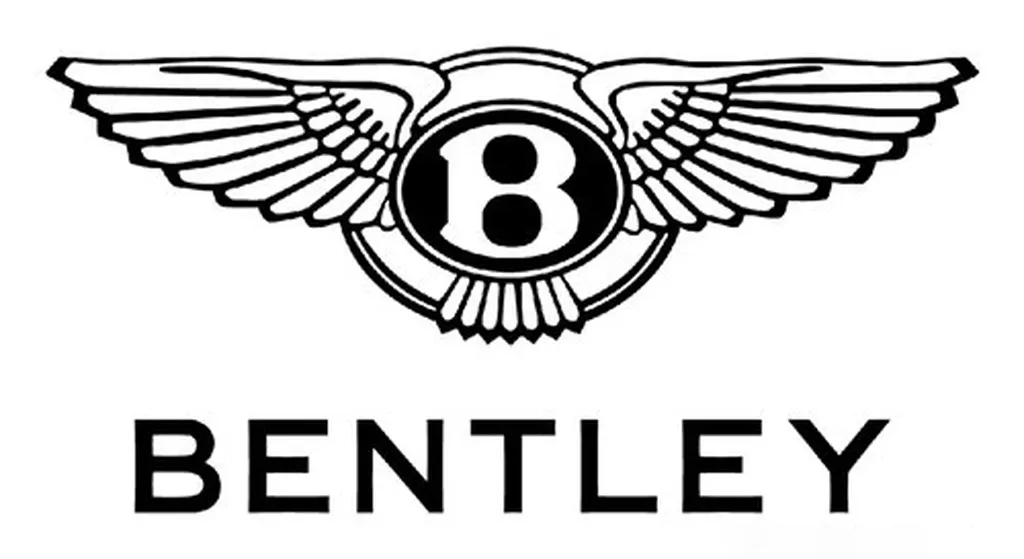
The Bentley car logo is based on the first letter “B” of the company name Bentley, giving birth to a pair of wings, like an eagle flying in the sky. This logo has been in use up to now. Another “B” logo has been used in the past.
In addition to the outstanding achievements on the track, Woolf Barnato, who won the Le Mans championship in 1929 and 1930, also used the Speed 6 model (evolved from 6.5L Bentley, with a maximum power of 180 horsepower and a top speed of 147.2 km/h) defeated the Le Train Bleu (an Express Train runs from Cannes in the south to Calais in the north) in a speed match. Since then, the Speed 6 sold in the market has gained the nickname of “Bentley Blue Train”, and Woolf Barnato and others have the reputation of “Bentley Boys”.
After setting an excellent sales record of 408 vehicles in the whole car series in 1928, Bentley made persistent efforts to launch the Bentley 8.0L model in 1930. The top speed of 200km/h once again shocked the world.
● Rolls-Royce-Bentley era (1931-1998)
Since Bentley originally started from the perspective of engineers and racers when it founded the car factory, although the sales situation is not bad, the actual financial system of the company is not sound, the circulating capital and working capital are not sufficient. In addition, Bentley has aspirations to build the fastest and best top sports car in the world, so the product price is also very high, only wealthy people can afford it. After the global economic crisis in 1930, the company’s operations immediately had problems. In 1931, Bentley’s debt exceeded 100,000 pounds (it was a considerable amount at that time). When it was unable to continue operation, it was forced to sell to its former rival Rolls-Royce for 125,000 pounds, and then officially became a subsidiary brand of Rolls-Royce.
◆ 1930s-1980s: basically the Rolls-Royce car with Bentley’s logo
There is a special bond between Bentley and Rolls-Royce before. During the First World War, Bentley led the development of aeroengines at Rolls Royce’s Derby factory. After joining Rolls-Royce, Bentley devoted all his life to Rolls-Royce and Bentley’s cars until his death in 1971.
In 1933, the first Bentley car designed by Bentley and produced by Rolls-Royce was launched and named “Bentley 3.5“. This car obviously has the style of Rolls-Royce. It is a very popular style in the 1930s, but its sports performance is not excellent. But for Bentley, who reappeared after depression, it was a success. Later, the power of this model was upgraded to 4.5L.
In 1939, World War II broke out. Even so, the beginning of the war did not stop Bentley’s development. In 1939, Bentley released the second model produced by Rolls-Royce – Bentley Mark V, this model still with a strong Rolls-Royce style, the power is equipped with 3.5L and 4.5L power.
In 1946, after the end of World War II, Bentley’s automobile production line moved to Crewe, England. At this time, Rolls-Royce and Bentley were divided into two independent brands. In this year, Bentley launched the Bentley Mark VI car designed by designer Ivan Evenden. It was a great success in the market. Only in 1952, its sales volume reached 5200 vehicles, becoming the best-selling model in Bentley history.
In 1952, Bentley R-type came out to replace Mark VI. Its engine is a 4.6L in-line six gasoline engine with cast iron cylinder block and aluminum alloy cylinder head, matching a four speed manual transmission. The maximum speed is 163 km / h and the acceleration time of 0-60 miles is 13.1 seconds. The fuel consumption per 100 km is 18.2L. It was recognized as the fastest four-seater car at that time, and was once given the title of “Modern Magic Carpet” by autocar, a British automobile magazine.

With the integration of Rolls-Royce and Bentley, they have become more closer to each other. In fact, since 1939, the research and development of Rolls-Royce and Bentley have been bonded together. In the following decades, Bentley successively launched several models such as the S series, T series, Corniche, Camargue, Mulsanne and others. In fact, the Bentley models produced during this period are almost the reproduction version of Rolls-Royce. For example, the Bentley S model launched in 1955 is exactly the same as the Rolls-Royce Silver Cloud except for the hood and logo, and they are powered by a 4.9-liter 6-cylinder engine and a 4-speed automatic transmission. The Bentley S was also upgraded in 1959 and 1962, and the upgraded models were named S2 and S3 respectively. The S2 was mainly replaced with a 6.2L 8-cylinder engine, while the S3 was mainly modified for the appearance and interior of the S2, there was no change in power.
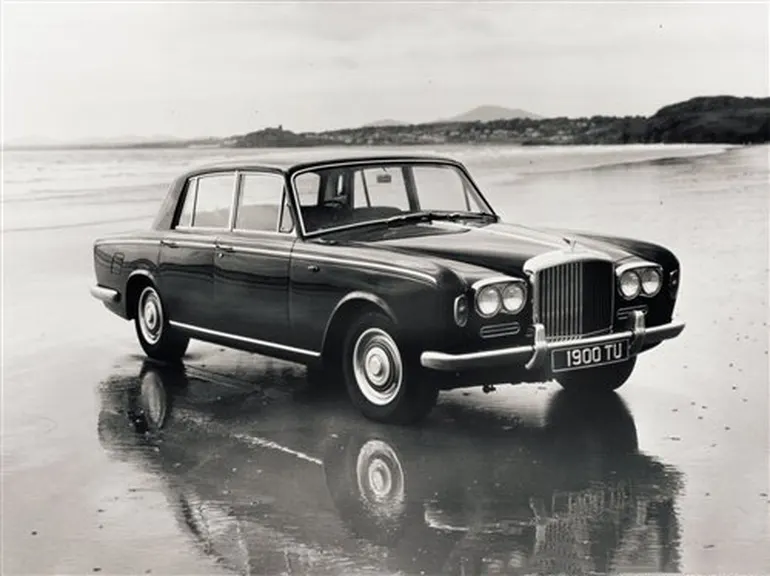
In 1965, Bentley launched the T series. The T series is the successor of the S series. The Bentley T1 is a replica of the Rolls-Royce Silver Shadow. It is powered by a 6.2L 8-cylinder engine and a 6.75L 8-cylinder engine. In 1977, the T1 model was upgraded to T2 model. The upgraded T2 mainly improved the steering system, air conditioning and front intake grille. At the same time as the Bentley T2 was launched, Rolls-Royce also launched the Silver Shadow II .
As the successor of the T series, Bentley Mulsanne was launched in 1980. The car was produced until 1992, powered by a 6.75L Rolls-Royce V8 engine. In 1982, Bentley also launched the Mulsanne Turbo model. After adding a turbocharger, the 6.75L engine has increased its power by 50%, the maximum power and maximum torque reached to 298 horsepower and 450 Nm respectively, and a top speed of 135 miles per hour (about 217 km/h).
The Mulsanne S was launched in 1987. The design of the car was basically the same as that of Mulsanne Turbo except that it had no turbocharger. It was the successor product of Mulsanne and Mulsanne Turbo. In terms of sales volume, Mulsanne has sold a total of about 2,000 units in the 12 years it launched.
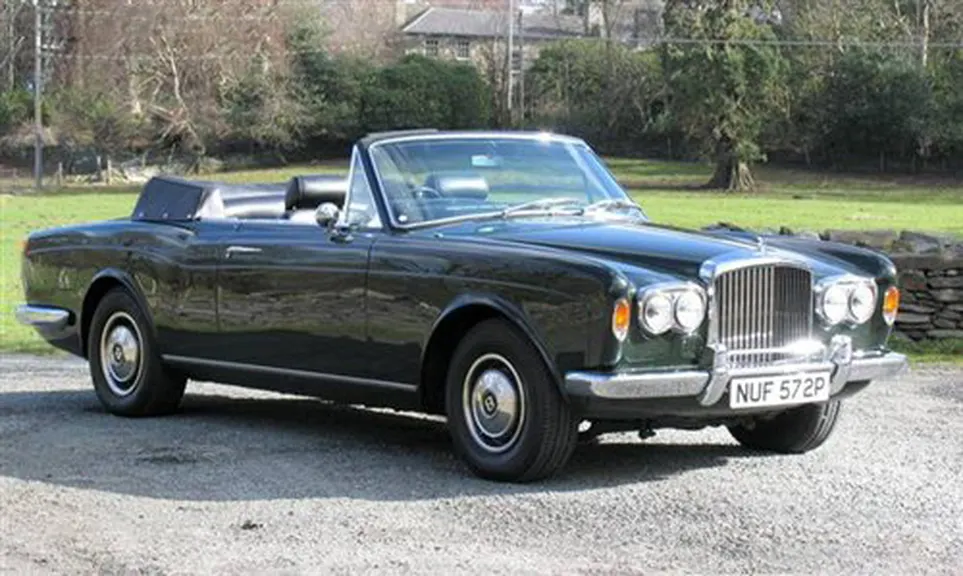
In addition to the above models, Bentley Corniche and Bentley Camargue were also launched in the 1980s (in fact, the Bentley version of Rolls-Royce Corniche and Rolls-Royce Camargue), and these two models are improved from Rolls-Royce Sliver Shadow, the convertible is called Corniche and the coupe is called Camargue. The Corniche model sold 140 units in the 1971-1982 while the Camargue model sold 421 units in 1984-1995.
◆ 1990s: Rolls-Royce began to attach importance to the Bentley brand
After 1990, Rolls-Royce decided to strengthen the Bentley brand because they found that Bentley had more market. At that time, Bentley had already accounted for 52% of Rolls-Royce’s sales, so the 1990s was also the 10 years when Bentley launched the most new cars under Rolls-Royce. In 1991, the Bentley Continental R coupe was launched; in 1992, the Brooklands sedan, which replaced the Mulsanne S, was launched; in 1994, the limited-production Turbo S sedan and Continental S sedan were launched; in 1995, it was launched Bentley Azure; in 1996, a limited version of Turbo R Sport sedan was launched; in 1997, Turbo RL was launched; in 1998, it was launched Turbo RT.
The Bentley Continental R Coupe is Bentley’s top class sedan car produced from 1991 to 2002. It is equipped with a 6.75L turbocharged V8 engine with a maximum power of 242 Kw (325 horsepower) and a maximum torque of 610 Nm, matching with GM 4L80-E automatic transmission, the top speed can reach 233 km/h, 60 miles acceleration time is 6.6 seconds. Starting from this model, Bentley’s new car no longer uses the flying man logo similar to Rolls-Royce, and this model is also the first model that is not produced on a shared platform with Rolls-Royce.
Bentley Brookland S was launched in 1992 as an alternative product of Mulsanne S, and until the discontinuation of production in 1998, it was still powered by a 6.75L Rolls-Royce V8 engine and a 4-speed automatic transmission. The length, width and height of this model reached 5370mm/2111mm/1486mm respectively, and the wheelbase reached 3162mm, which is similar to the previous Mulsanne S.
The Bentley Azure, launched in 1995, is actually the convertible version of Bentley Continental. The displacement is 6.75 liters the same as the Bentley Continental R. However, its dual-turbocharged engine has a maximum power of 400 horsepower (298 KW) and a maximum torque of 875 Nm, matching a 4-speed automatic transmission, the 0-60 miles acceleration time is only 6.1 seconds.
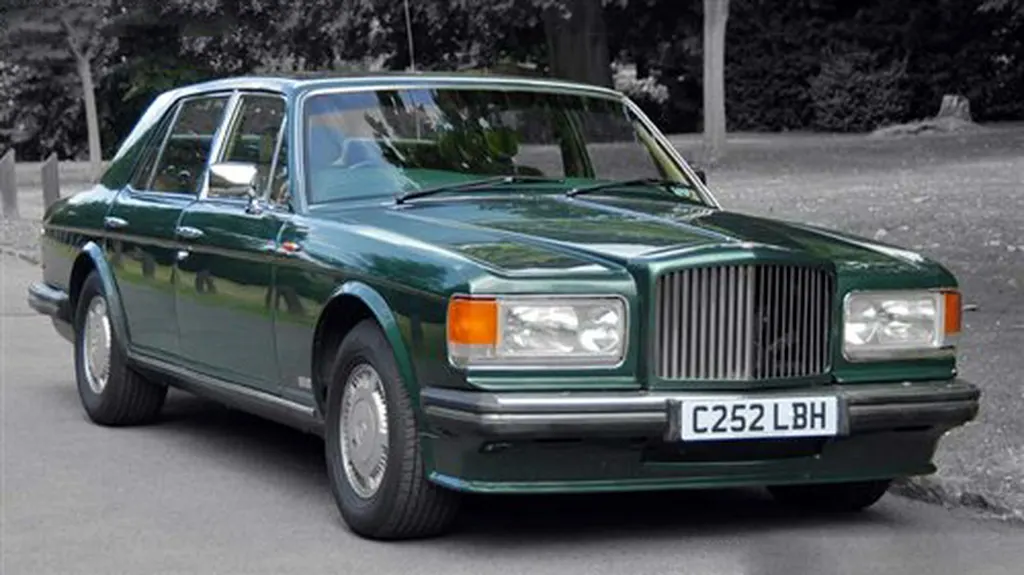
In addition, the Bentley Turbo R series models launched in 1995 are the successors of the Mulsanne Turbo, which was discontinued in 1985. Among them, Turbo S and Turbo R Sport are limited edition models, while Turbo RL and RT are the successors of Turbo R. In fact, Turbo R began production after the Mulsanne Turbo was discontinued in 1985, and the model launched in 1995 was only a modified model of Turbo R. The new car changes include improved fuel injection system and appearance modifications. In addition, a 6.75L small Turbo version was launched, with a maximum power of 385 horsepower (287 kilowatts).
In 1998, Bentley was acquired by Volkswagen. Even now, it is still difficult for us to objectively evaluate whether the advantages outweigh the disadvantages or the disadvantages outweigh the advantages for Bentley in the 67 years after Rolls-Royce took over the Bentley brand, because in Rolls-Royce’s production for so many years, basically more than half of Bentley’s models are reproductions of Rolls-Royce’s products, and there is not much independent innovation. But then again, if it weren’t for Rolls-Royce, Bentley would most likely become an ordinary brand or even disappear in the car industry, like many other sports car brands that had been popular for a time in the early 20th century.
● Volkswagen-Bentley era (1998-present)
◆ The brand battle between Volkswagen and BMW: Volkswagen gets Bentley / BMW gets Rolls-Royce
I don’t know if it is lucky or unfortunate? In the late 1990s, British car factories with a long history and authentic racing tradition closes down one by one like infected with a plague. The British automobile industry, which had supported half of the 20th century, seemed particularly pathetic at that time. But because of this, In 1998, when Rolls-Royce and Bentley, these two large British automakers, became the meat of the German automobile enterprises, it seemed that Bentley had once again seen a turning point. Because at this time, these two supreme British brands that have lost money for a long time suddenly become hot commodities, including Europe’s largest Volkswagen Group, BMW and even Daimler, were all interested in them.
As early as 1990, BMW had took control of Rolls-Royce Aircraft Engine Company, it seems that BMW is the most likely buyer. At the end of April 1998, the Vickers Group officially accepted BMW’s 575 million dollars acquisition offer, but at this time Volkswagen suddenly announced that it would acquire Rolls-Royce at a higher price that reached 795 million dollars, and promise not to take Rolls-Royce out of the UK and maintain its British management mode. Sure enough, Volkswagen’s move achieved miraculous results. The shareholders of the Vickers Group began to express their dissatisfaction with the sale of Rolls-Royce to BMW. Therefore, the Vickers Group turned to ask BMW to increase the offer, but BMW resolutely refused. After a heated discussion by the board of directors, Vickers turned to accept the offer from Volkswagen. On July 3, 1998, Vickers Group announced that it had sold Rolls-Royce to Volkswagen for 1.44 billion Marks, and BMW was kicked out from the deal.
In the face of Vickers’ betrayal, the angry BMW immediately counterattacked, it announced the suspension of Rolls-Royce engine supply. The reaction of this resistance is strong. Rolls-Royce aircraft engine company, which owns the ownership of Rolls-Royce’s trademark, has become an ally of BMW. It announced that it would not agree with the Volkswagen to use Rolls-Royce’s brand name, but would grant the right of name and trademark to BMW.
All of this made the Volkswagen who reached an agreement to acquire Rolls-Royce extremely embarrassed. An acquisition battle turned into an impasse: Volkswagen bought the right to use the “Flying Goddess” logo and radiator grille, but there was no way to manufacture a “Rolls-Royce” brand car; similarly, BMW got the “Rolls-Royce” car name, but did not have the right to use the car logo and radiator grille.
In August 1998, the chairman of Rolls-Royce, Graham Morris, was forced to resign, and finally Volkswagen, BMW, Rolls-Royce and Vickers settled the dispute through negotiation. BMW got the right to use Rolls-Royce’s name and logo for $68 million, but allowed Volkswagen to use its name until the end of 2002. Volkswagen bought the Bentley brand, but could produce Rolls-Royce Silver Seraph and Bentley Arnage in Crewe, UK, until December 31, 2002. After that, the production right of Silver Seraph was transferred to BMW. BMW agreed to abide by a series of contracts signed with Cosworth engine company controlled by Volkswagen.
◆ The road of Bentley’s brand revival: sales volume has increased significantly
At the beginning of the merger with Volkswagen, Bentley’s main production models were Bentley Continental and Arnage series. At this time, Bentley’s task was actually to compete with its original compatriot sister Rolls-Royce. Before they were separated, they were the world’s best ultra-luxury car combination. After separation, they were well-matched. In the first round of competition, Bentley won. Due to the intervention of the German Volkswagen, the handmade factory with British descent was completely inherited by the Bentley brand. Therefore, in the 50th anniversary celebration of Queen Elizabeth’s accession to the throne in 2002, the British royal family chose the Bentley brand instead of the traditional Rolls-Royce. And confirmed the Bentley brand as the only royal exclusive brand dedicated to the royal family. In 2002, Bentley presented to Queen Elizabeth II is Bentley State Limousine, which is equipped with the same 6.75L twin turbocharged engine as the Arnage model (the successor of Bentley Turbo R), with a maximum power of 400 horsepower, a maximum torque of 835 Nm and a maximum speed of 210 km/h.
In 2003, Bentley’s two-door GT car Azure was discontinued while the Bentley Continental GT is released. This two-door GT sports car is Bentley’s representative work after entering the Volkswagen. Its engine is a 6.0-liter W12 engine shared with the Audi A8 and Volkswagen Phaeton 6.0, but with twin turbos, the horsepower is up to 552 horsepower. The speed is close to 320 km/h. The 6-speed Tiptronics gearbox and 4Motion four-wheel drive system on this car are all technologies that Volkswagen is proud of. This car has also become Bentley’s main sales model today.
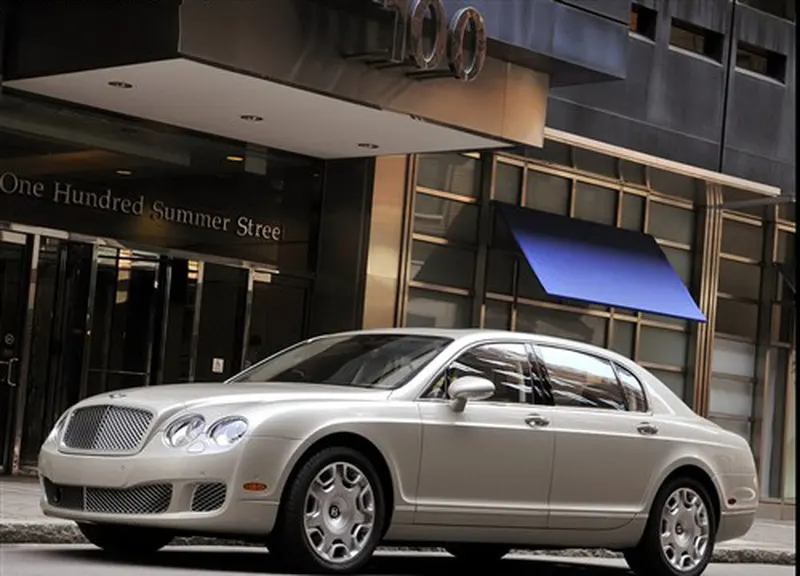
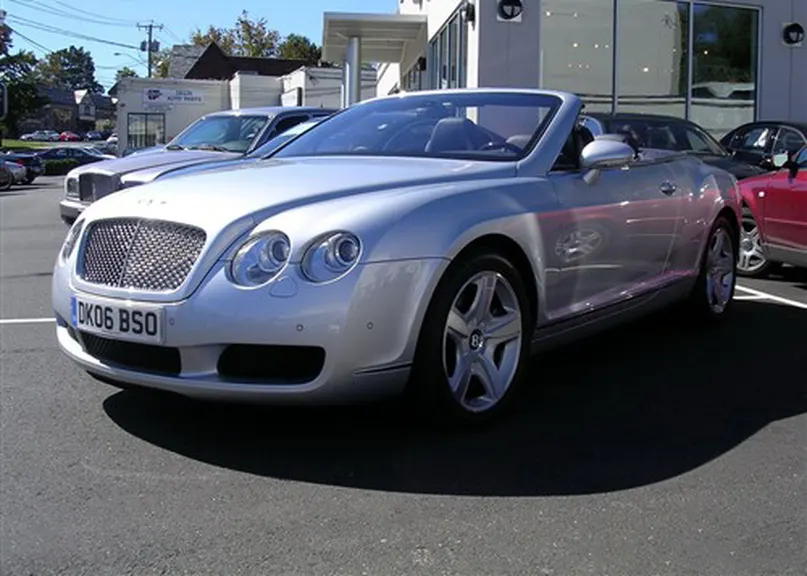
In 2005, Volkswagen released the Continental Flying Spur. The car is a 5.3-meter luxury car with the same power as the Continental GT, but the chassis is the same with the Volkswagen Phaeton. The production line is also the exclusive production line of the Phaeton in Wolfsburg, Germany. It can be described as the twin of the Phaeton. In 2006, the convertible version of the Continental GT was released, and the Volkswagen expects to use the Continental series to increase the overall sales. Azure, which was discontinued since 2003, has also resumed sales, but it has only a convertible two-door version that equipped with an early twin-turbo 6.75-liter V8 engine.
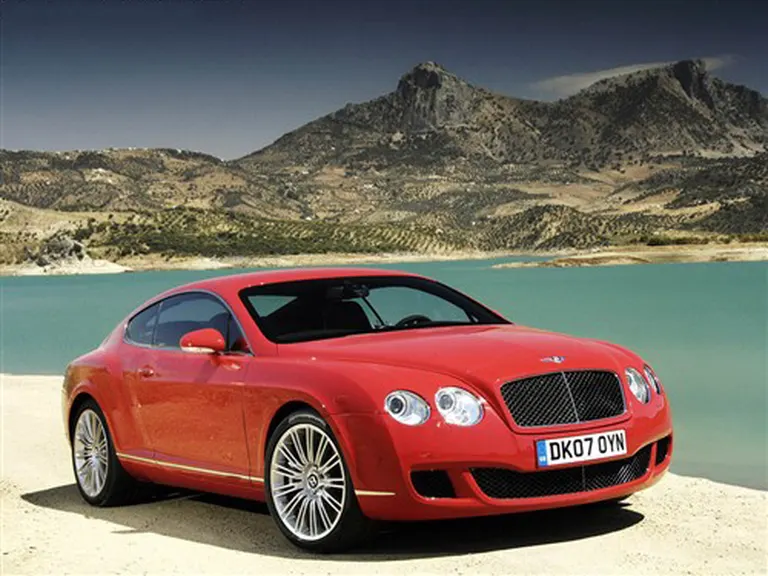

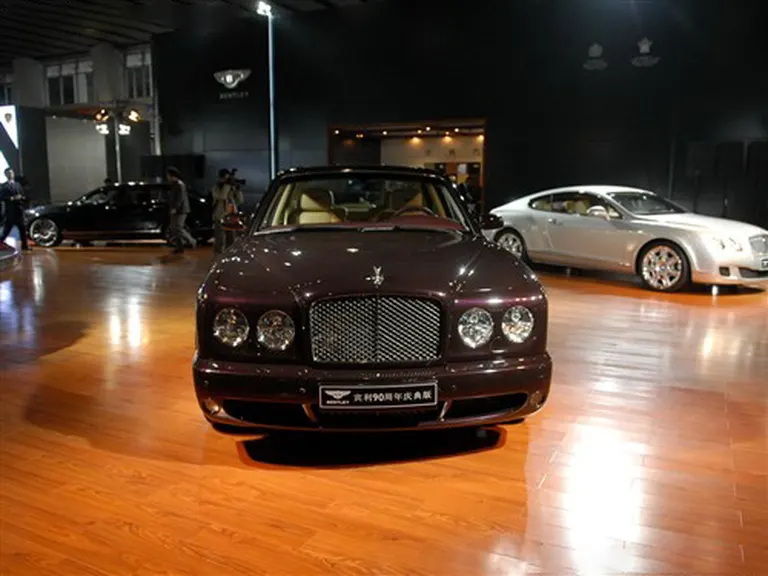
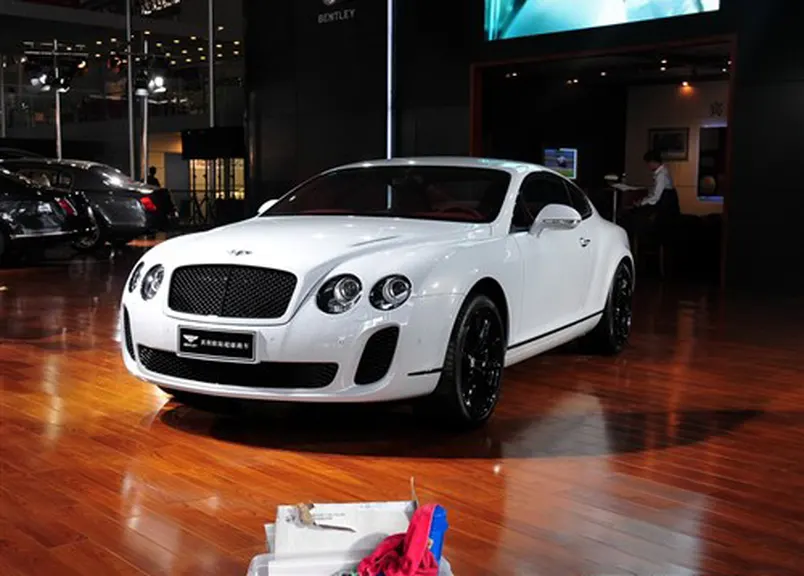
In the following years, the models launched by Bentley basically revolved around the Bentley Continental and Arange, including the 2007 Continental GT Coupe; the 2008 Continental Spur Speed sedan; the 2009 Continental GTC, Azure T, Arange sedan (formally discontinued in 2010), Continental Supersports, Continental GTZ (designed by Zagato, Italy); the second-generation of Continental GT in 2011.
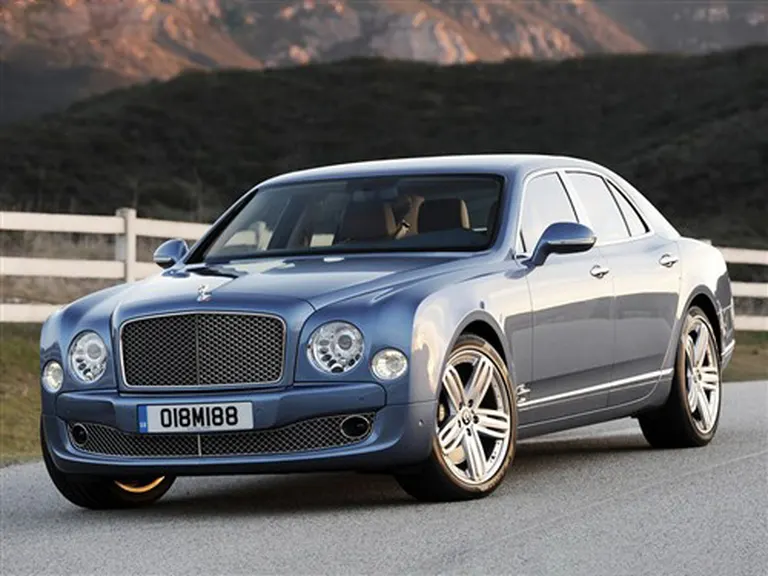
It is worth mentioning that at the Pebble Beach Concours d’Elegance held in California in 2009, Bentley launched its brand-new flagship model Mulsanne. The design and manufacture of this Bentley Mulsanne were completed in Crewe, England. Unlike the Continental series, the body is manufactured in Germany and then shipped to the UK for final assembly. Although the power is still equipped with the 6.75L twin-turbo V8 engine of the previous Arange model, the data is fully improved, the maximum power reaches 500 horsepower, and the maximum torque is 1000 Nm. It was officially released in China at the Beijing Auto Show in April 2010.
In terms of sales, Bentley’s sales have also increased significantly since it entered the Volkswagen. In 2005, its global sales reached 3,654 units; in 2007, it exceeded 10,000 units for the first time, reaching 10,014 units; and in 2008 it shrank to 7600 units; in 2009, it shrank again to 4616 units (mainly due to the 2009 global financial crisis, Bentley’s largest US market sales were dismal); Bentley’s global sales data in 2010 are temporarily unavailable, but sales in China reached 815 units, accounting for about 20% of the global sales.
Bentley’s racing achievements: six Le Mans champions
Mr. Bentley loved racing very much when he was young. This passion has always been expressed in Bentley cars. Therefore, whether it is a two-door coupe or a four-door luxury touring car, Bentley has maintained the characteristics of sports adjustment. He also emphasizes the feeling of racing in naming: Whether it is Arnage, Mulsanne or Brooklands, they are all the names of the track, which have witnessed the glorious days of Bentley on the racing track.

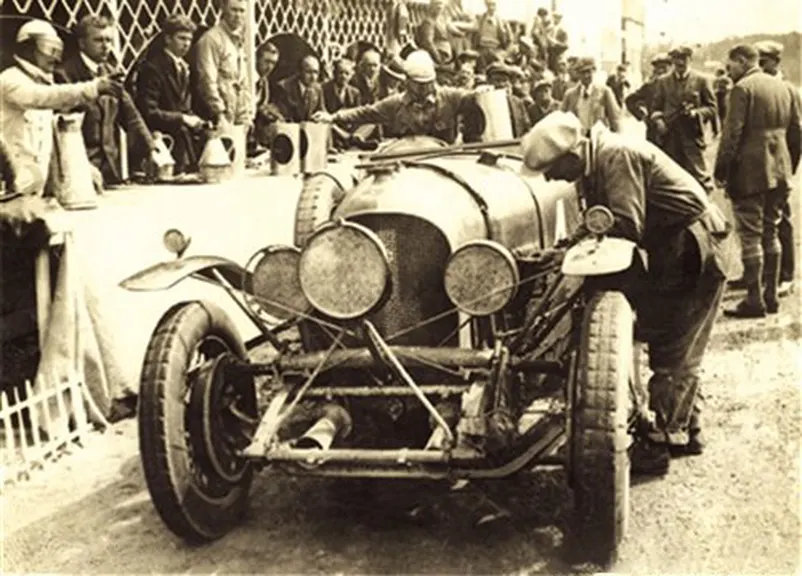

In 1921, Bentley invited the famous driver Frank Clement to participate in the Brooklands racing circuit, winning the championship for the brand and successfully establishing a sporty image. After that, Bentley set records in speed and endurance races, not only in Indianapolis, Isle of Man TT, Brooklands and other large-scale competitions to create outstanding results, but also with the “Bentley Boys”, A group of legendary drivers, have conquered the world-famous Le Mans 24 Hours race for many times, winning the Le Mans championships in 1924, 1927, 1928, 1929 and 1930. In 1929, they even won the top four placings in the race, laying the eternal position of Bentley in the history of Le Mans.
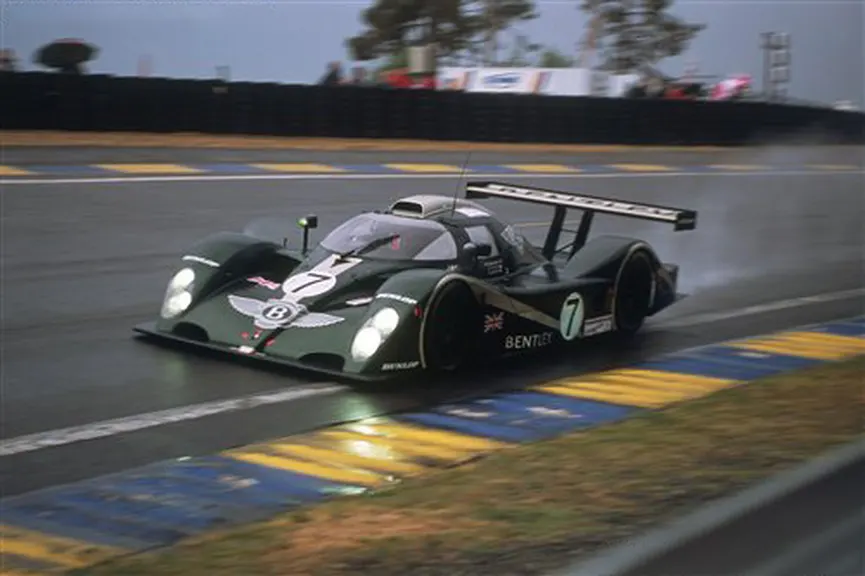
In June 2003, Bentley used the new EXP Speed 8 model to re-enter the Le Mans competition after entering Volkswagen. This is the sixth time that Bentley has won the championship title after 73 years, demonstrating Bentley’s endless pursuit of speed from beginning to end.
Bentley manufacturing process: from the selection of materials to the production, all of the processes show Bentley’s luxury
In addition to its brilliance on the field, when mention Bentley, people will talk more about Bentley’s heritage tradition, which is exquisite craftsmanship and tailor-made service.
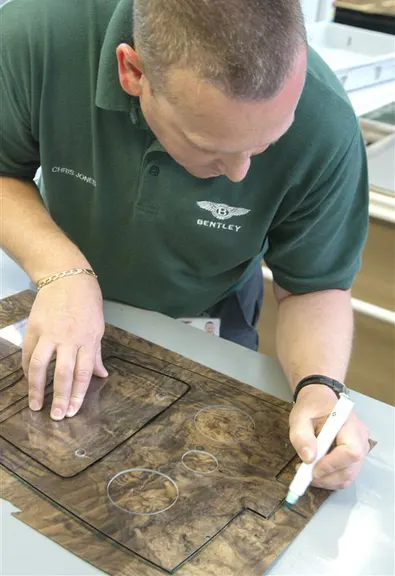
Handcrafting is Bentley’s tradition and an important reason to guarantee its noble character. Since 1931, Bentley cars are still assembled by hand by experienced craftsmen in Crewe, England. The craftsmanship of these craftsmen has also been passed down from generation to generation, and the quality has been perfected through thousands of hard work. Compared with modern automobile production lines, the production line of Bentley’s Crewe plant only moves 6 inches per minute, and each vehicle takes 16 to 20 weeks to complete. The so-called “slow work makes fine work”, most of the car-making processes are produced and processed by hand: from car body welding, painting, power system and transmission system assembly, interior leather sewing and log processing, etc. When you see that such modern car products are welded by experienced craftsmen little by little, screwed up one by one, and manually calibrated one millimeter by one millimeter, you will understand why Bentley has the reputation of “the ultimate automobile brand pursued by life”.

Bentley’s luxurious interior materials and fine decoration make it the world’s top automobile, and every detail is perfected. The most exquisite of processes is the hand-stitched leather interior and wood veneer. The leather used in the interior is all Scandinavian cowhide, because the cows there are raised in captivity, so the cowhide is fine and without scars. Usually, a top four-door sedan consumes 27 pieces of cowhide, and the sewing time is more than 150 hours. Only the steering wheel skin needs a skilled worker to spend 15 working hours to sew, and the cushions are carefully sewn by young women. The wood veneer processing part is even more interesting, even the wood grain must be symmetrical. The carpet is also made of the best hand-woven wool carpet.
Regarding Bentley’s customized services, Bentley owners can not only enjoy the consistent quality of the car-making process, but also get unique personalized customized services. Basically, every Bentley car is almost perfect when it leaves the factory; however, more than half of the cars will still be customized by the Bentley Mulliner Professional Car Manufacturing Department according to different customer requirements to meet the unique tastes and requirements of the owners. Mulliner’s car-making craftsmanship originated in 1760 for the Northampton Royal Mail in England to manufacture carriage bodies by hand; with its meticulous craftsmanship, it has attracted attention. It was not until 1900 that the headquarters of the Mulliner automobile factory was officially moved to central London, and the first Mulliner sedan was built for Bentley in 1924. Since the end of the Second World War, Mulliner has been building car body for Bentley; in 1993, Mulliner department moved to Crewe, the base of the British Bentley factory; in 2002, Bentley acquired it and officially named it Bentley Mulliner Professional Car Manufacturing Department.
Summary:
Throughout the nearly 100-year history of Bentley, Bentley has moved from its founding to Rolls-Royce and then to Volkswagen in Germany. Although the owner of the company has changed, as one of the most long-standing automobile luxury brands, Bentley has always maintained a leading position. In addition, it is worth mentioning that although the company has been developing for such a long time, the Bentley brand still adheres to the original purpose of Mr. Bentley – to create the world’s top luxury speed machine. I believe that Bentley will go further on this road in the future.

